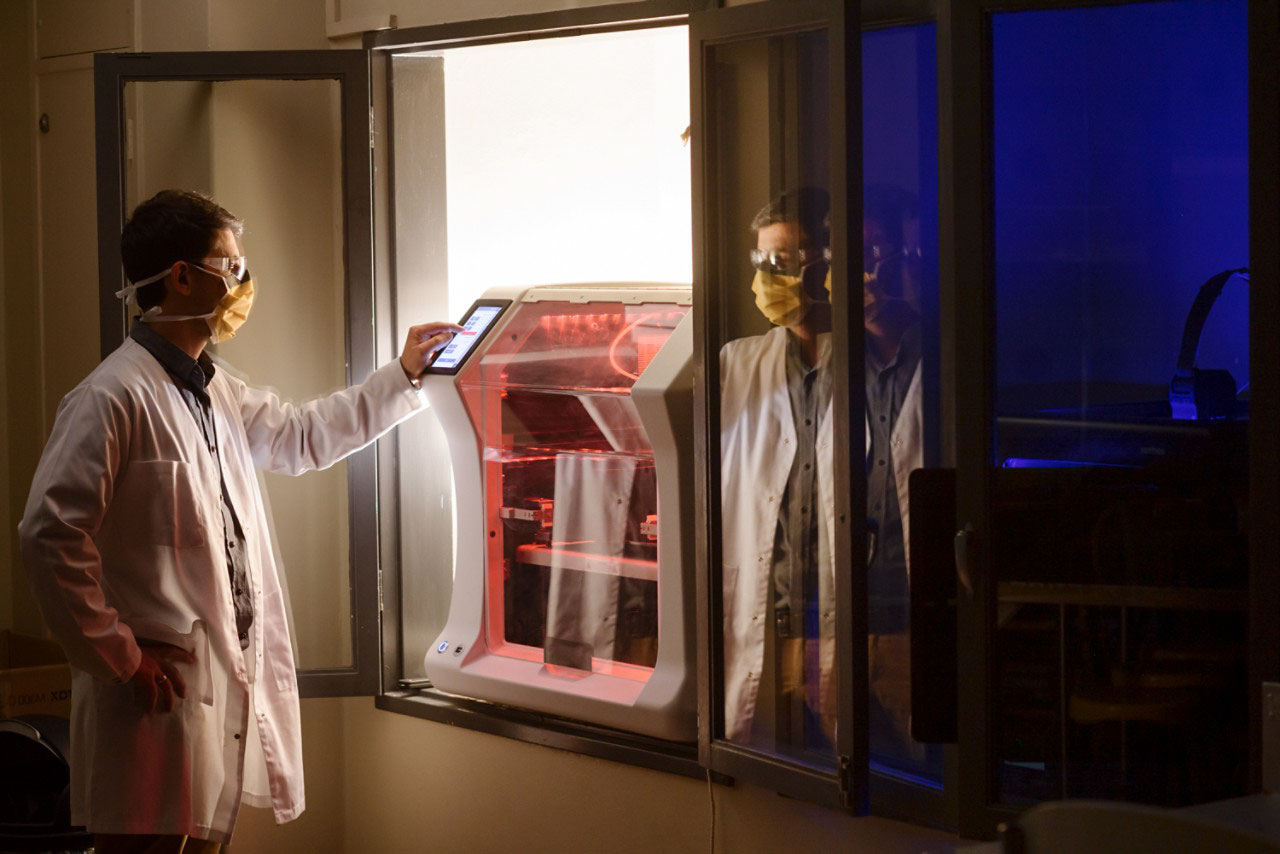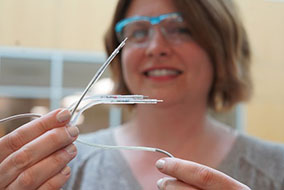How Medtronic is building digital surgical ecosystems
Five questions with Skip Kiil, president of Cranial and Spinal Technologies

As a former professional baseball player, Skip Kiil learned firsthand how sports medicine could help athletes stay healthy. Inspired, he embarked on a second career in healthcare. He joined Medtronic just over a year ago as president of the Cranial and Spinal Technologies Operating Unit, where he is helping the company transform the future of surgery. Recently, he gave an interview as part of the MedtronicTalks podcast series. It has been condensed here and edited for clarity.
Listen to the full episode here:
What’s your background?
I played professional baseball for seven years and played in the Phillies, Yankees, and Cincinnati Reds organizations. They had enough of me after seven years and said, ‘Hey, kid. You can't hit a curveball or slider so you gotta go figure out something else to do.’
I always had an interest in healthcare. My mom was a nurse for 36 years and worked in healthcare administration. My first job out of college was working at Stryker where I had a nice 12-year career.
What’s the most exciting thing about the Cranial and Spinal business?
It’s becoming less about the plastics and metals and more about the ability to reinvent the standard of care in healthcare. And with this enterprise, we operate in such a position of strength. For me, the most exciting opportunities aren’t just in the business of spine. It’s in the business of restoring health. If you live the Medtronic Mission, you wake up every single day focused on alleviating pain, restoring health, and extending life.

There is so much fear around back pain, back injuries, and back surgeries. How to do we start to dispel it?
We're in the business of restoring health and alleviating pain. Those first two tenets of our Mission are spot on to what we do each and every day. We want to give patients a good, level-headed perspective on what to expect during pre-surgery, during surgery, and post-operatively. We have an enviable kind of portfolio of technology, both smart and connected devices that are enabling greater efficiency, driving improved outcomes, and creating a more connected environment. We are creating a seamless experience from the patient's perspective but also from the perspective of healthcare teams inside and outside the ER.
How are spinal surgeries changing?
We definitely are seeing a transition to ambulatory surgery centers (ASC) but not as fast as you see with knee procedures and even in sports medicine. The more complex spinal procedures will always be done inside of the hospital environment, but we are definitely seeing a shift to hospital-based outpatient departments (HOPD’s) and, for sure, the ASC setting. We predict that there's going to be 30 to 35% of total spine procedures done outpatient ASC settings. But, again, I think we're well positioned and walking through that evolution together, whether it be a segment of the business that's focused on empowering through technology or just a simple in-and-out procedure.
Where do you see the spine business in five years?
This is absolutely a transformative period for Spine. Our focus is agile product development. And that really leverages digitization and ways we can accelerate new product design life cycles. We're creating connected products and solutions that will differentiate us today, tomorrow, and into the future. The power of data and technology, machine learning and deep machine learning, and AR and VR is something that we're going to see infiltrate our industry. We are already at the forefront of this transformation and are deeply invested in building the digital surgical ecosystem of the future by creating digital strategies to unlock growth and, more importantly, deliver better surgical outcomes, more predictable surgical outcomes.
L001-01242023
Related content


